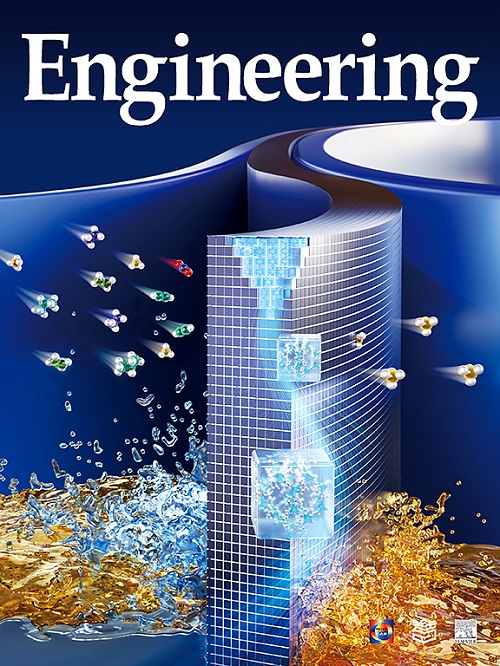Tissue Engineering and Spinal Cord Injury Repair
IF 10.1
1区 工程技术
Q1 ENGINEERING, MULTIDISCIPLINARY
引用次数: 0
Abstract
Tissue engineering and regenerative medicine is a new interdisciplinary subject integrating life science, material science, engineering technology, and clinical medicine. Over the last ten years, significant advancements have been achieved in the study of biomaterials and tissue engineering. Progress in the field of tissue engineering and regenerative medicine can result in optimal tissue regeneration and effective functional reconstruction. Spinal cord injury (SCI) is the most severe complication of spinal trauma and frequently results in significant functional impairments in the lower extremities of the affected segment. Repair of SCI is a medical challenge worldwide. Advancements in tissue engineering theory and technology offer fresh opportunities for addressing SCI, as well as providing new strategies and methodologies to tackle the challenges associated with repairing and reconstructing spinal cord function. This article provides an overview of the latest developments in tissue engineering and SCI repair, focusing on biomaterials, cells, and active factors. It also introduces nine key components related to SCI and proposes innovative approaches for repairing and functionally reconstructing the injured spinal cord.
组织工程与脊髓损伤修复
组织工程与再生医学是一门集生命科学、材料科学、工程技术和临床医学于一体的新兴交叉学科。在过去的十年中,生物材料和组织工程的研究取得了显著的进展。组织工程和再生医学领域的进步可以实现最佳的组织再生和有效的功能重建。脊髓损伤(SCI)是脊柱创伤最严重的并发症,通常会导致受影响节段的下肢功能损伤。脊髓损伤的修复是一个世界性的医学难题。组织工程理论和技术的进步为脊髓损伤的治疗提供了新的机会,也为修复和重建脊髓功能提供了新的策略和方法。本文综述了组织工程和脊髓损伤修复的最新进展,重点介绍了生物材料、细胞和活性因子。它还介绍了与脊髓损伤相关的九个关键组成部分,并提出了修复和功能重建损伤脊髓的创新方法。
本文章由计算机程序翻译,如有差异,请以英文原文为准。
求助全文
约1分钟内获得全文
求助全文
来源期刊

Engineering
Environmental Science-Environmental Engineering
自引率
1.60%
发文量
335
审稿时长
35 days
期刊介绍:
Engineering, an international open-access journal initiated by the Chinese Academy of Engineering (CAE) in 2015, serves as a distinguished platform for disseminating cutting-edge advancements in engineering R&D, sharing major research outputs, and highlighting key achievements worldwide. The journal's objectives encompass reporting progress in engineering science, fostering discussions on hot topics, addressing areas of interest, challenges, and prospects in engineering development, while considering human and environmental well-being and ethics in engineering. It aims to inspire breakthroughs and innovations with profound economic and social significance, propelling them to advanced international standards and transforming them into a new productive force. Ultimately, this endeavor seeks to bring about positive changes globally, benefit humanity, and shape a new future.
 求助内容:
求助内容: 应助结果提醒方式:
应助结果提醒方式:


